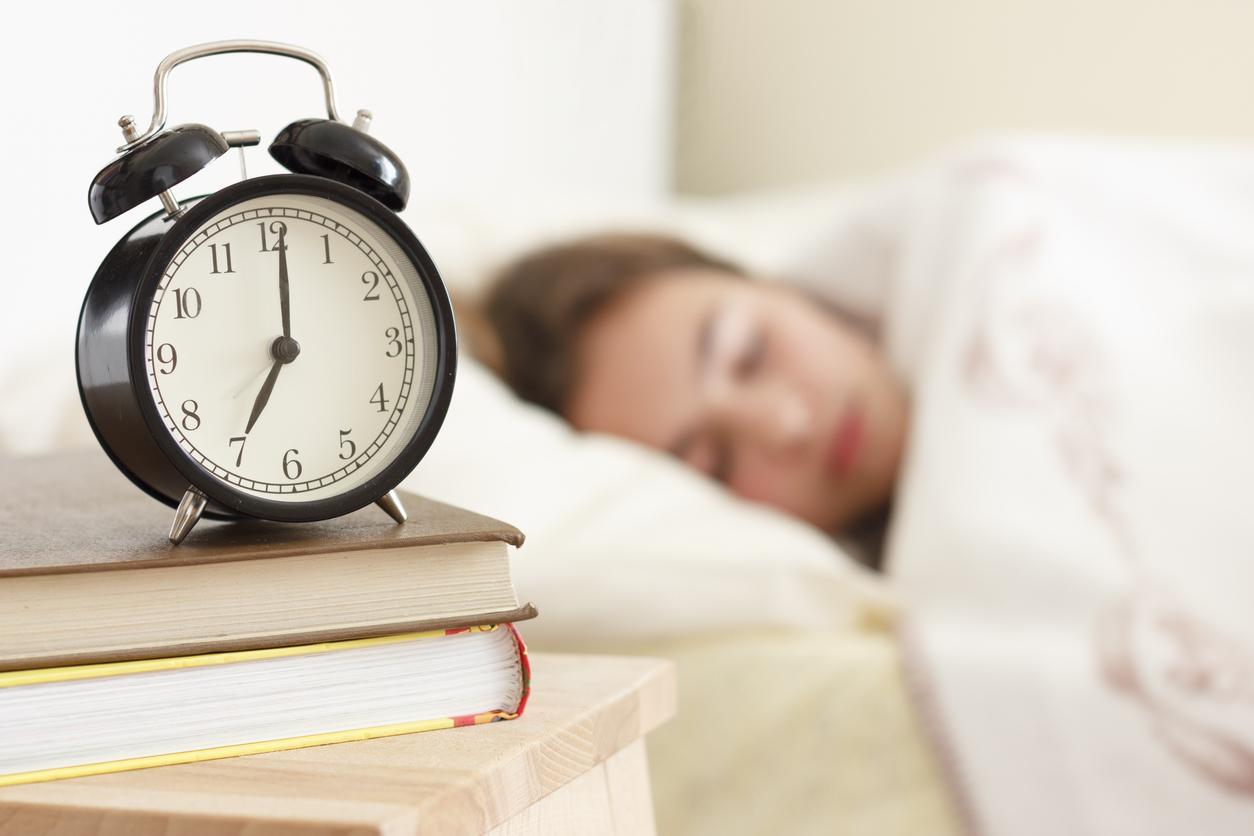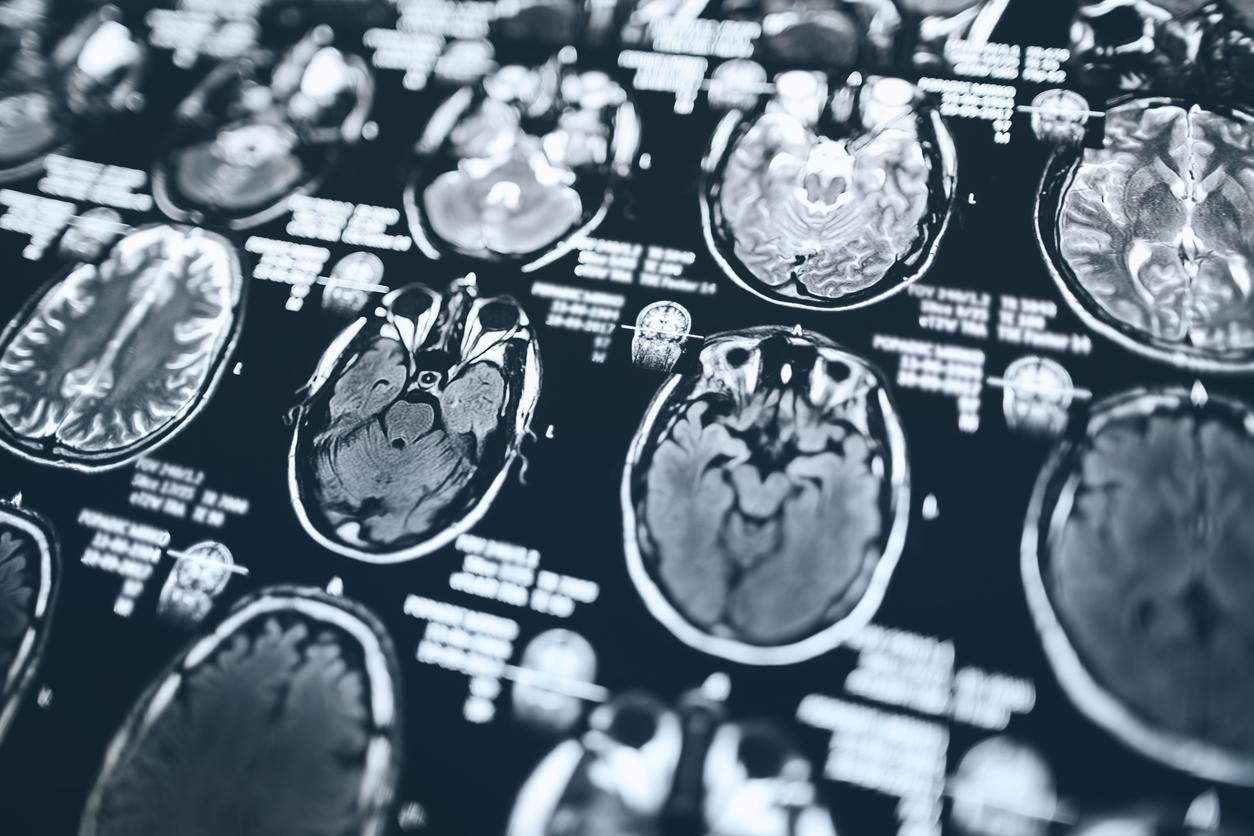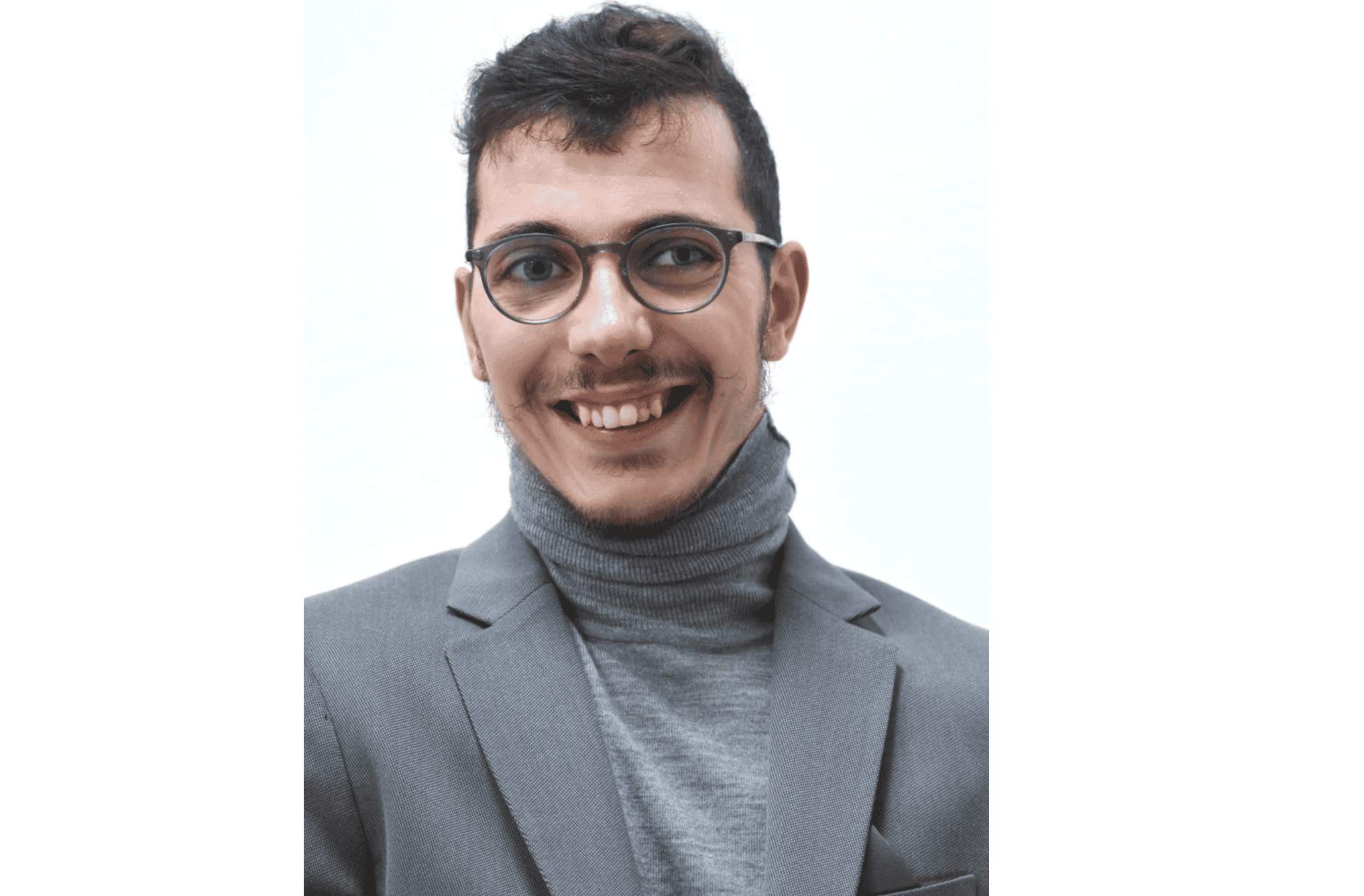An experiment carried out on ten people shows that these techniques improve the quality of life of patients.

Sleep paralysis is a mysterious disorder. It leads sufferers to wake up in the middle of the night, unable to move but fully aware of their surroundings. Often, patients have the feeling that a stranger has entered their room or evoke the presence of ghosts, because the pathology can cause hallucinations. About one in five people experience an episode of sleep paralysis in their lifetime. Today, few studies have been carried out on the subject and no treatment can really cure it. In Frontiers in Neurologyresearchers explain the positive effects of relaxation and meditation on people suffering from this pathology.
Frequent hallucinations
They recruited ten people, suffering from narcolepsy and having already experienced sleep paralysis. For 4 weeks, study participants filled out a diary daily to recount their seizures. Two-thirds of them have experienced hallucinations and half of nocturnal awakenings lead to a seizure. Only 14% of the group experienced sleep paralysis upon falling asleep. At the end of these 4 weeks, six patients followed the relaxation method.
Four steps to better cope with crises
Scientists asked them to follow 4 principles during a crisis. The first is reappraisal: patients need to remember that the experience they are having is common, benign and temporary and that the hallucinations are related to their dreams. Then they have to manage to gain emotional distance, which is to remember that there is no reason to be afraid because fear will only make the paralysis worse. The third stage is meditation, the patients must concentrate on something positive like a memory or an event. Finally, the researchers asked them to relax their muscles and not try to move.
Less crises and less inconvenience
For the next 4 weeks, the participants practiced this method. Compared to the first month of the study, they saw their seizures reduced by 50% thanks to the relaxation. At the end of the first month, they had on average classified at 7.3 the disorders caused by this paralysis. After experimenting with relaxation for 4 weeks, they set it at 4.8. The control group was just trained to breathe deeply during the seizures: it didn’t change the frequency or the disturbances caused by the sleep paralysis, compared to the first month of the study. “Even though our study only involved a small number of patients, we can be optimistic about its success”, enthuses Doctor Baland Jalal, creator of this therapy and director of the study. With his team, he hopes to be able to carry out the experiment on a larger number of patients.

.

















